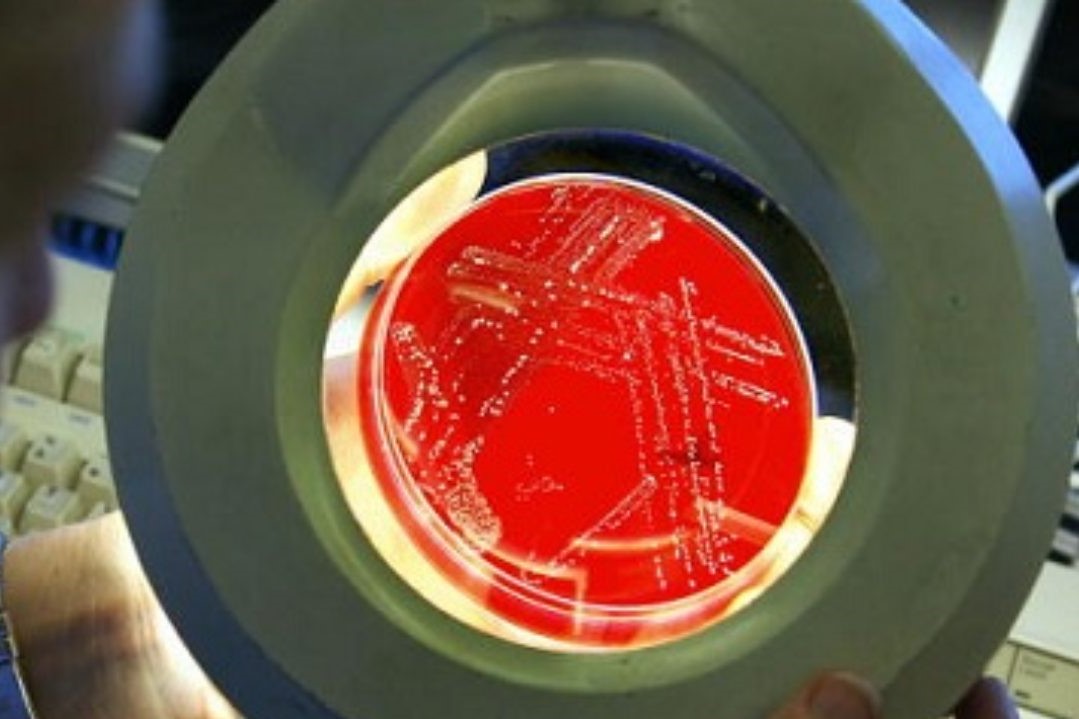
How staphylococcus aureus infections are contracted and treated
Staphylococcus aureus infections can be transmitted by physical contact, usually through contaminated hands
Generally, the skin and mucous membranes provide a sufficient barrier to prevent the microbe from entering the body, but damage (e.g. from trauma or viral infection) can allow the microbe to spread through deep tissue or blood.
Particularly at risk of infection are immunocompromised people and those using invasive medical devices.
In addition, methicillin-resistant staphylococcal infections are typically associated with risky hospital admissions or medical procedures.
Symptoms and diseases associated with staphylococcal infection
Staphylococcus aureus infections can present as:
- impetigo: erythema that develops into blisters that burst into scabs
- Ritter-Lyell syndrome: blisters that burst exposing a sensitive area of skin, fever, mucopurulent eye discharge
- furuncles, folliculitis or carbuncle
- osteomyelitis: sudden fever, bone pain, limping gait
- septic arthritis: fever, difficulty moving, erythema, overheating and joint pain
- endocarditis: fever and malaise
- toxic shock syndrome: fever, diffuse macular retching, hypotension
- pneumonia
- thrombophlebitis: fever, pain, sometimes erythema
- deep infections and abscesses: fever sometimes associated with localised pain
- cellulitis
The risk of serious complications is higher if skin infections are left untreated.
What are Staphylococcus aureus infections?
Staphylococcus aureus is the main cause of skin and soft tissue infections.
In most cases these are not serious complaints, and sometimes the bacterium merely colonises or triggers the infection years after exposure.
However, staphylococcus can also cause very serious infections.
Of particular concern are those caused by strains resistant to the antibiotic methicillin.
Staphylococcus aureus cures and treatments
Many staphylococcus aureus infections heal without medical treatment.
However, some skin infections require drainage, and in some cases antibiotics may be necessary.
Serious infections (such as pneumonia and blood infections) require hospitalisation and administration of antibiotics through a vein.
Disclaimer: This information is a general guide and does not replace medical advice.
If you feel unwell, please contact your doctor or go to the emergency room.
Read Also:
Emergency Live Even More…Live: Download The New Free App Of Your Newspaper For IOS And Android
Antimicrobial Resistance In Europe – Data Seems More Dangerous Than Before
Pan-Resistance, Candida Auris In US Hospitals: Warning From CDC Atlanta
Vancomycin-Sensitive Staphylococcus Infections: Symptoms And Treatment
Methicillin-Resistant Staphylococcus Infections: Symptoms, Diagnosis And Treatment



